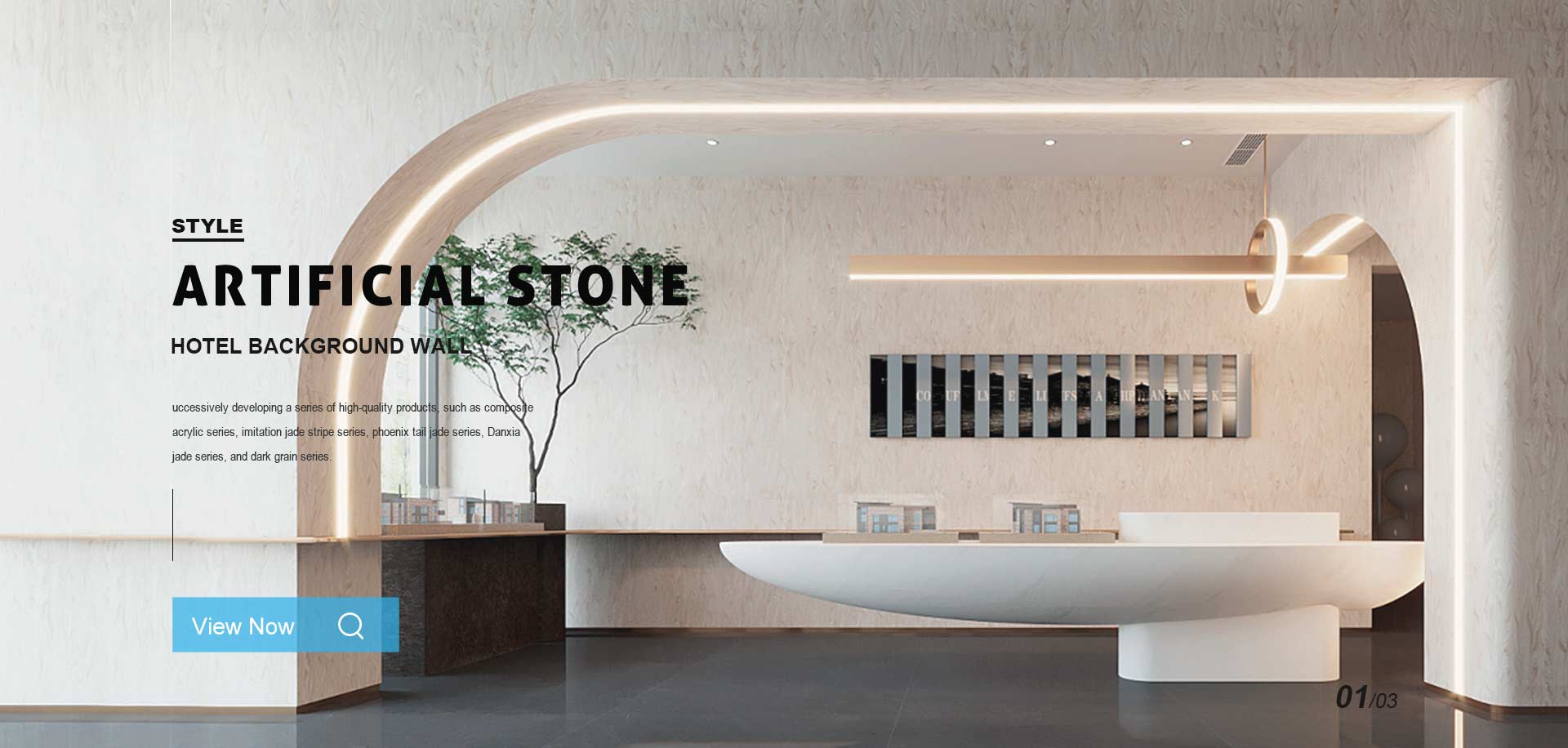Artificial solid surface sheets are used in various applications, such as countertops, sinks, and wall cladding, offering versatility, durability, and aesthetic appeal. Artificial solid surface sheets can be categorized based on various factors, including composition, appearance, and application. These versatile materials offer a wide range of options to suit different design preferences and functional requirements.
1. Composition: One way to categorize artificial solid surface sheets is by their composition. They are often made from a blend of acrylic or polyester resins and natural minerals. Depending on the proportion of each component, the sheets can be categorized as acrylic-based or polyester-based. Acrylic-based sheets tend to offer higher durability and better resistance to UV light, while polyester-based sheets may be more budget-friendly.
2. Appearance and Finish: Another categorization can be based on the appearance and finish of the sheets. Artificial solid surface sheets come in a variety of colors, patterns, and textures, allowing for different aesthetic options. Some sheets mimic the look of natural stone, while others offer a sleek and modern appearance. The finish can range from matte to glossy, influencing the overall visual effect of the surface.
3. Application: Categorization can also be done based on the intended application. Artificial solid surface sheets have a wide range of uses, including countertops, sinks, wall cladding, and furniture.





